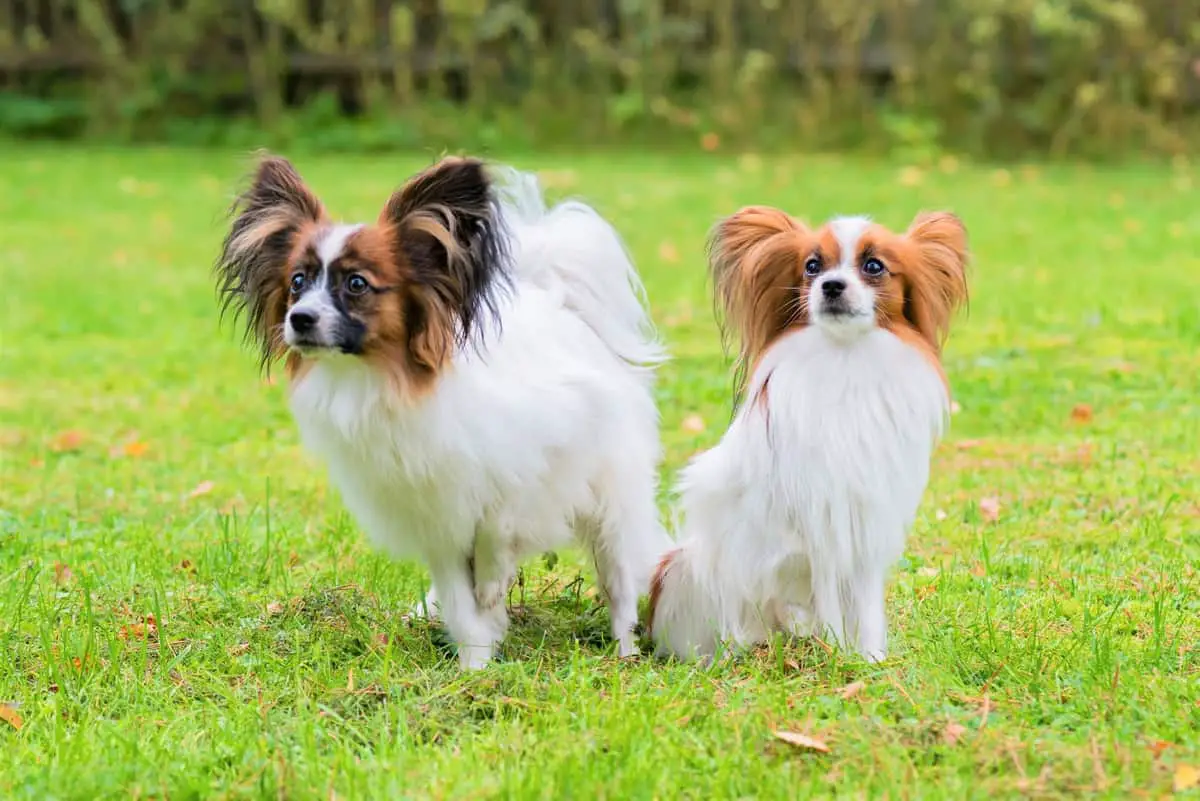Papillons are an enchanting breed of dog with a distinctive and elegant appearance. They are known for their butterfly-shaped ears, graceful gait, and friendly personality. However, one of the most striking features of papillons is their unique coat patterns. From tri-colored to particolored, papillons come in an array of coat colors and patterns that make them stand out from other breeds. In this blog post, we will explore the different coat patterns of papillons and what makes them so unique.
The Origin of Papillon Coat Patterns
The coat patterns of papillons have been around for centuries and have evolved. Initially, papillons were bred for their ability to hunt and catch small game such as rodents and birds. These dogs were small and agile, with a dense coats that protected them from the elements. Over time, breeders began to focus on improving the breed’s appearance, resulting in the emergence of distinct coat patterns.
Understanding Papillon Coat Patterns
Papillon coat patterns can be divided into two main categories: solid colors and party colors. Solid colors refer to coats that are all one color, such as black, white, or red. Parti-colors, on the other hand, are coats that have two or more colors. These colors can be arranged in different ways, resulting in a variety of patterns.
One of the most popular parti-color patterns for papillons is the tri-color. This pattern features three distinct colors: black, white, and tan. The black color is usually found on the back and ears of the dog, while the white is on the chest and legs. The tan color is often found on the face, ears, and paws.
Another parti-color pattern is the sable. This pattern features a base color that is usually black, with lighter hairs mixed in. The result is a coat that appears to be shaded or brindled.
In addition to parti-color patterns, papillons can also have solid color coats. These coats can range from black to white and everything in between. Some papillons have coats that are a solid color but have a white patch on their chest or face.
The Genetics of Papillon Coat Patterns
The genetics behind Papillon coat patterns are complex and still not fully understood. However, it is known that coat color and pattern are controlled by multiple genes. These genes interact with each other to produce the various coat patterns we see in papillons.
One gene that plays a significant role in papillon coat patterns is the Agouti gene. This gene controls the distribution of black pigment in the coat. Another gene that affects coat color is the E gene, which controls whether or not a dog produces black pigment at all.
Part IV: Caring for Papillon Coats Papillon coats are relatively easy to care for and require minimal grooming. However, regular brushing is necessary to prevent matting and tangles. Bathing should be done on an as-needed basis, as over-bathing can strip the coat of its natural oils.
In conclusion, papillon coat patterns are as unique and varied as the breed itself. From tri-color to sable, papillons come in an array of coat colors and patterns that make them stand out from other breeds. Understanding the genetics behind these patterns can help us appreciate the beauty of these dogs even more. With proper care and grooming, papillon coats can remain healthy and shiny, showcasing their unique patterns for all to admire.









